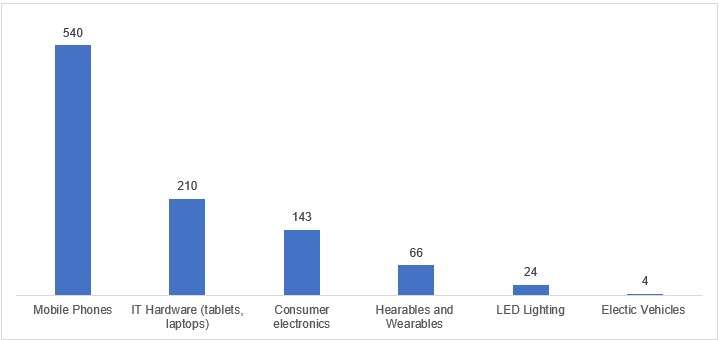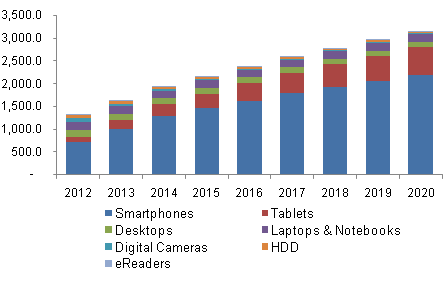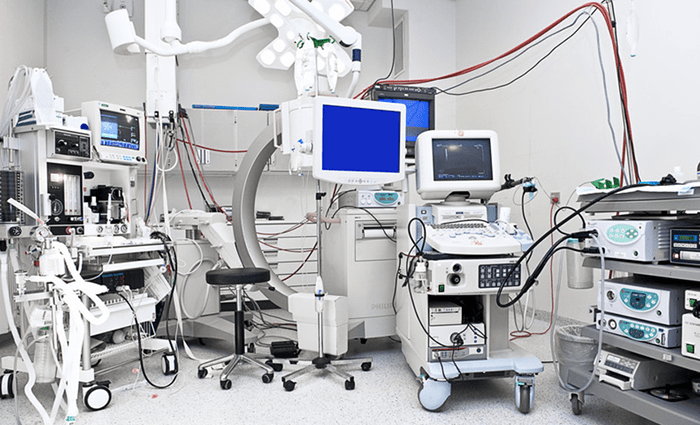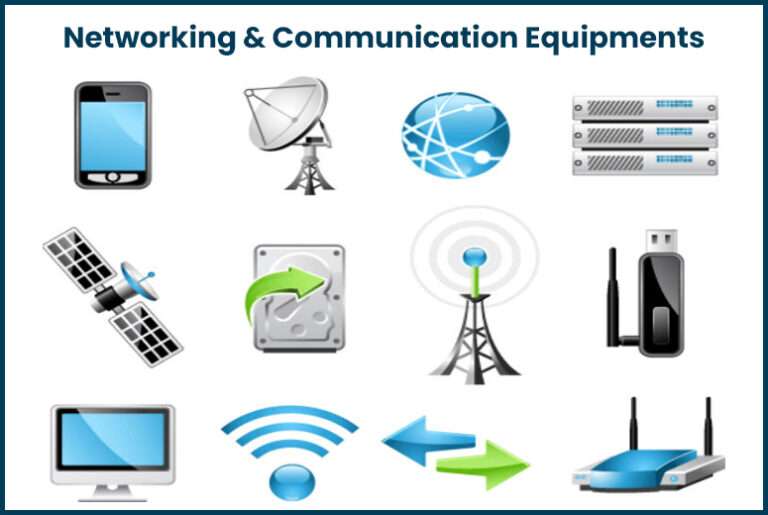
India has become one of the world’s fastest growing electronic marketplaces, with industry experts predicting that the country could reach USD 300 billion in electronics manufacturing by 2025-26, roughly four times the present USD 67 billion. The Production Linked Incentive Scheme has played a significant role in propelling the expansion of domestic electronic product manufacturing and has resulted in the creation of thousands of jobs. India is currently undergoing a digital revolution, which is moving the consumer electronic manufacturing industry forward. The electronics industry accounts for 2.5% of the country’s GDP and employs approximately 13 million people.
India’s Electronic manufacturing Sector
The Indian electronics sector is one of the fastest expanding in the world. In the contemporary digital era, electronic items have consistently influenced and moulded our lifestyles. Technology has enabled seamless operations and has advanced the digital revolution to the next level. Furthermore, demand for electronic gadgets is expected to expand gradually and remain an important economic driver globally

India’s Importance in the Global Electronic Market
India’s GDP accounts for approximately 3.2% of the global economy, and its population accounts for nearly 3.2% of the global population. As part of its Aatmanirbhar Bharat initiative, the Government of India intends to make India a significant manufacturing and design hub for electronics. The Digital India Programme has resulted in a paradigm shift in India towards digitalization and e-governance. From 1.3% in 2012, India’s market share in the global electronics manufacturing industry climbed to 3.6% in 2020. The Production Linked Incentive (PLI) plan has successfully drawn foreign champions while also providing encouragement to home manufacturers and the development of national champions with global ambitions.
Electronic Manufacturing Industry Market Segmentation
- Consumer Electronics
The consumer electronics category is the largest in the electronics industry, and it is expected to more than quadruple in the next three years, reaching roughly INR 1.48 lakh crore by 2025. According to the president of the CEAMA (Consumer Electronics and Appliances Manufacturers Association), India is on track to become an alternative electronics manufacturing location for China and other Southeast Asian countries. According to the Consumer Electronics and Appliance Manufacturers Association, FDI in the consumer electronic manufacturing industry has more than doubled to USD 490 million by June 2022, compared to 2021.

- Electronic Subsystems
India’s domestic output of electronic components currently stands at USD 9.9 billion. India exports electrical components of USD 2.2 billion. From 2014 to 2018, electronic component production in India increased by USD 4 billion and will continue to rise at the same rate until 2022. Because technology is continually evolving, the electrical components sector is critical, and the business need effective supply chains to generate the readily available supply of electronic products that buyers today demand.

- Industrial Electronics
This segment comprises manufacturing of industrial robots, wafer processing assembly, control systems, packaging equipment, electronic testing, semiconductor assembly, automation, measurement equipment, etc. Industrial electronics production was valued at INR 780 billion in 2021 in India and it is set to grow by leaps and bounds as it plays a vital role in major industries such as manufacturing, energy, transportation, chemicals, mining, and agriculture.

- Medical Electronics:
This medical electronic manufacturing sector made ultrasound devices, heart rate monitors, dialysis machines, X-ray machines, and other elector medical equipment used in forensics, medical research, surgical operations, diagnosis, and medical imaging, among other things. The medical electronics market was valued at USD 6.3 billion in 2021 and is expected to reach USD 9 billion by 2026 due to factors such as an ageing population, increased use of radiotherapy therapy in disease diagnosis, increased demand for portable medical devices, and increased adoption of IOT-based smart medical devices.

- Networking and Communication Equipment’s
This segment comprises manufacturing of routers, LANs, switchboards, WANs, gateways, hubs, bridges and many more. Networking and communication market size was valued at USD 511 Billion in 2021 and is expected to reach USD 934 Billion by 2030 due to rapid digitization, boom in the smartphone industry which has made companies to invest capital in communication equipment. The telecommunication industry has grown at an exponential rate in the past few years due to the reach of broadband and internet services across the globe, including rural areas.

6.Defense and Aerospace Electronics:
The defense and aerospace electronics sector is a critical and highly specialized industry that plays a vital role in national security and space exploration. It encompasses the design, development, manufacturing, and maintenance of electronic systems and components used in military and aerospace applications.

7.Industrial and Automation Electronics:
The field of industrial and automation electronics is at the forefront of revolutionizing modern manufacturing and industrial processes. Its primary focus lies in the development, deployment, and maintenance of cutting-edge electronic systems and technologies that optimize production efficiency, enhance workplace safety, and drive operational excellence across various industries. Within this sector, opportunities abound, from the design and programming of Programmable Logic Controllers (PLCs) used to automate machinery and processes to the creation of sophisticated Human-Machine Interface (HMI) systems that enable intuitive interactions between operators and industrial equipment. Sensor technology, industrial robotics, and process control systems are also integral components, contributing to precision, reliability, and efficiency in sectors ranging from pharmaceuticals to automotive electronic manufacturing

Future of the Indian Electronic Manufacturing Industry:
The electronics manufacturing industry is expected to grow tremendously in the next five years, thanks to the government’s INR 2.3 lakh crore policy push for self-reliance. Despite India’s 1.4 billion population, only 700 million have a smartphone, indicating that there is still a sizable market. Rapid urbanisation has resulted in an increase in demand for televisions, smartphones, computers, and other electronic devices, encouraging entrepreneurs to enter the electronic manufacturing sector.
To compete globally, electronics manufacturing requires large-scale operations. Furthermore, numerous processes in electronics manufacturing are labour intensive, therefore appropriate staff would be required in establishing the necessity for plug-and-play facilities such as dormitories with optimal facilities. To reduce turnaround time and ensure speedy operationalization of electronics manufacturing units, the government must build dorms along the lines of plug-and-play simulation. Such issues present opportunity for countries like India, helping to lay the groundwork for its US$ 5 trillion economic target. India has the potential to be one of the top electronics exporting countries, and the government is committed to making India a worldwide export hub.

